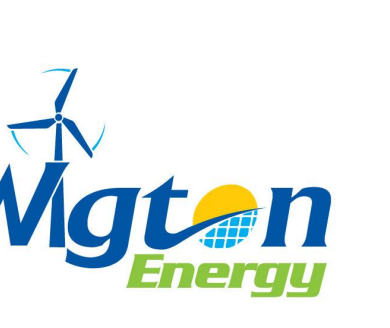

Durrant Pate/ Contributor
The Central Bank of the Dominican Republic (BCRD) has released preliminary results of economic activity as of September 2024, showing growth and stability in the Latin American/Caribbean country.
The monthly indicator of economic activity (IMAE) showed a 4.7% expansion in September with an average inter-annual growth of 5.1% from January to September 2024. This growth occurred in a stable price environment with inflation remaining within the lower part of the target range of 4.0% ± 1.0%.
Effective monetary and fiscal policies have helped mitigate risks to the Dominican economy. The BCRD says the resilience of the Dominican economy is notable, especially given the global uncertainties due to geopolitical conflicts in the Middle East and Eastern Europe.
Despite these challenges, the United States, the Dominican Republic’s main trading partner, experienced year-on-year growth of 2.7% in the third quarter of 2024 with inflation at 2.4% in September. The Federal Reserve’s recent decision to reduce its benchmark interest rate by 50 basis points is expected to continue through the rest of 2024.
The International Monetary Fund (IMF) has also revised its growth projection for the USA to 2.8% for 2024.

Leading economy in inter-annual growth in Latin American
The Dominican Republic’s economic performance from January to September 2024 places it as the leading economy in terms of inter-annual growth among its Latin American peers. This aligns with forecasts from various international organizations and the government’s macroeconomic framework, projecting an expansion of around 5.0% by the end of 2024.
Key sectors contributing to this growth include construction, free trade zone manufacturing, and various service activities such as financial intermediation, hotels, bars, restaurants, transportation, storage, real estate, and communications. Financial intermediation saw a significant increase with a 7.9% inter-annual growth from January to September, driven by a 16.2% expansion in credit to the private sector.
Although mining showed an average inter-annual decline of 6.1%, it recorded positive growth in August and September due to increased gold production. The construction sector grew by 4.4%, reflecting higher sales volumes of key infrastructure inputs. As for tourism, this sector also performed well with an expected 8.5 million tourists by the end of the year, boosting the hotels, bars, and restaurants sector by 6.3%. Overall, the assessment is that the Dominican economy is well-positioned to maintain its growth trajectory, supported by strong macroeconomic fundamentals, resilient productive sectors, and improved country risk indicators in international markets.







Comments